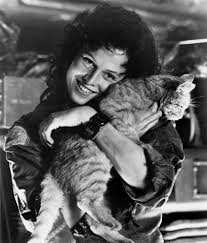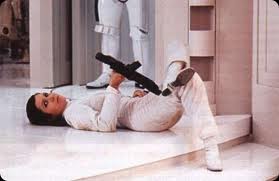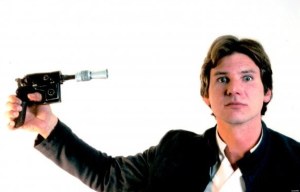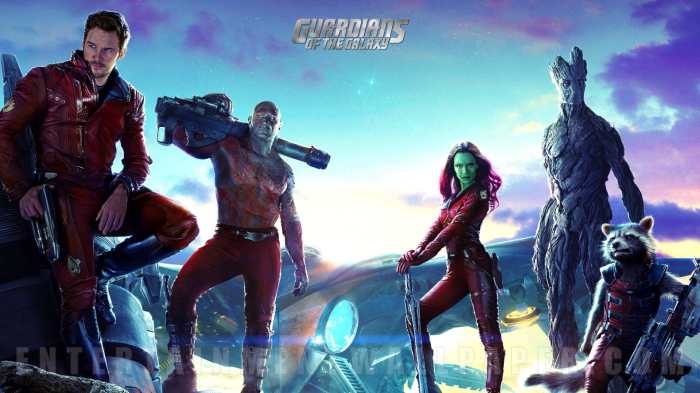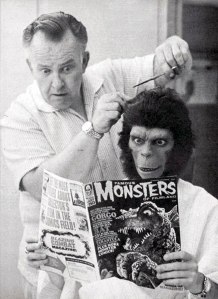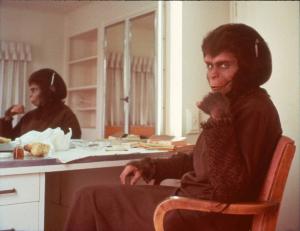When we’re asleep, we can do almost anything.
“Is that all we see or seem just a dream within a dream?” – Edgar Allan Poe.
Whatever the mind can conceive, so it is said, the mind will achieve. With special visual effects achieving new heights on screen due to the amazing advances in digital technology, the astonishing – and deadly – images of what can be conjured from the oneiric zone are formulating with increasing style and complexity. This subject had to be tackled here at some point.
The greatest minds in Classic Science Fiction have conceived some of the most stunning literary visions in the genre, and the movies have tried, with varying degrees of success, to translate those visions to the big screen. Yet when the whole movie derives its entire structure from the content of dreams (and dreams within dreams) as the two diverse, yet inextricably linked, examples included here show, SF can explore neuroscientific possibilities.
Naturally, when rummaging around to find those movies most suitable for this Post, the first classic scenes that sprang to mind emanate from horror movies. This should come as no surprise; our deepest and darkest fears manifest themselves through the most common random creations of the subconscious brain: nightmares.
“What is the most resilient parasite? Bacteria? A virus? An idea. Resilient… highly contagious. Once an idea has taken hold of the brain it’s almost impossible to eradicate” – Cobb.
While we eagerly await Chris Nolan’s Interstellar later this year, his complex dream-invading noir opus: Inception (2010) deserves scrutiny here. It deals with planting an idea in someone else’s mind, rather than stealing them, which is the specialist skill of the main character: Cobb, played by the unlikely, yet rewarding, choice of Leonardo di Caprio.
While this movie should be celebrated for presenting a more cerebral adventure, for once the incorporation of CGI here is well utilised, and represents the benefits to be gained from them in modern movie-making. Deservedly praised for its technical achievements, there are some particularly mesmerising imagery on offer. As one reviewer aptly put it, Inception is: “the film by which to measure the density of all others.”
This instantly brought to mind that little SF thriller: Dreamscape (1984) which quite similarly brought in the talents of a young psychic who could break into other peoples dreams. The plot was very interesting: tormented by nightmares, the US President agrees to let Alex Gardner (played by the then seemingly ubiquitous Dennis Quaid) enter his mind and sort out the problem from within. The Defense Secretary sends a psychic loon to assassinate the President and his protector within the “dreamscape”.
Technically, some may say that its special effects have not stood the test of time, but then, for the early 80s – and considering its criminally undervalued status – they retain a charm all of their own. The script is pretty snappy too.
“Psychotherapists… have developed innovative approaches to dreams beyond mere interpretation. These are grounded in the implicit assumption that waiting for a patient to produce a dream makes as much sense as keeping a computer off until it decides to turn itself on” – Harvey Greenberg.
Is there room here for that modern classic: The Matrix (1999)? Perhaps, its main protagonists enter the titular system via sleep mode; and intriguingly, there is a central character named Morpheus – in Greek mythology, Morpheus was the God of Dreams who could manifest himself in the dreams of kings as a messenger of the Olympian gods.
However, the emphasis in these bleak, dystopian proceedings is on simulation – there is no inherent oneiric activity. Not to worry, there will be an excuse to feature this dazzling mix of combat, technology and philosophy in a future Post.
Where do we go when we dream? Ha, the many nights spent lying awake (or – more likely – propped up against the computer screen) trying to ponder that one out…
No prizes for working out whether androids do dream of electric sheep, but some Comments would be very much appreciated before you drift away to the Land of Nod.
Sweet dreams…










